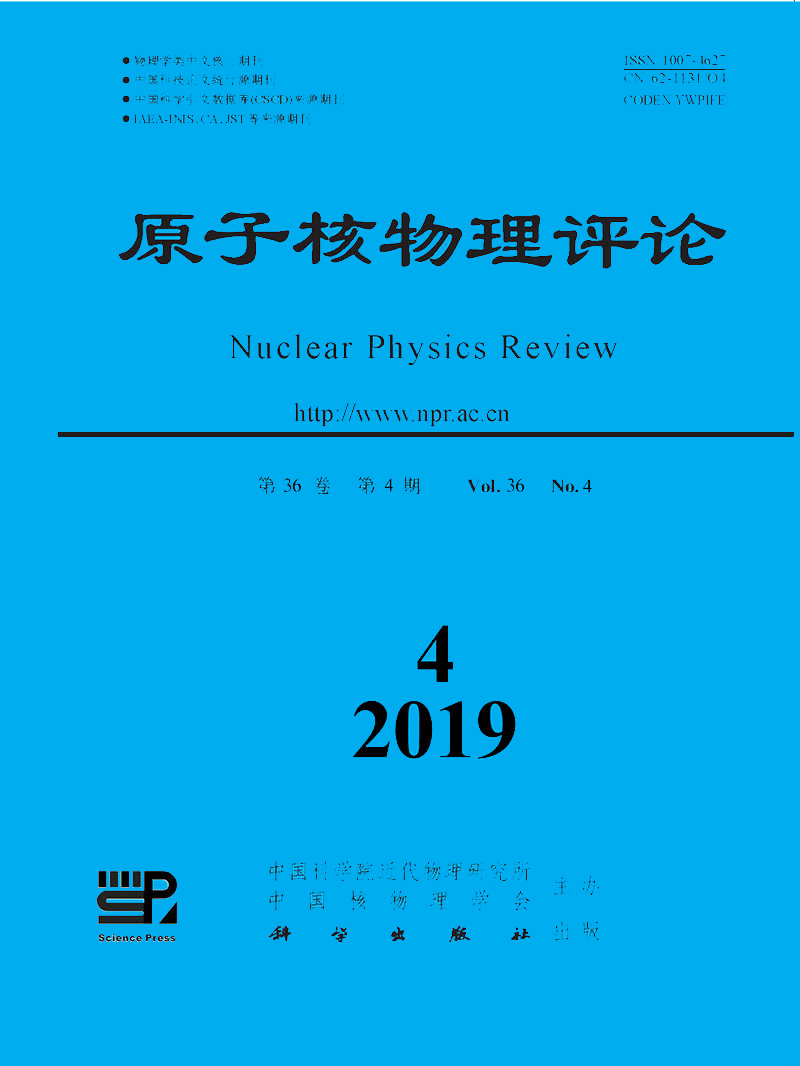|
[1]
|
CHENG J P, KANG K J, LI J M, et al. Annual Review of Nuclear and Particle Science, 2017, 67:231. |
|
[2]
|
Yu-CHENG W, XI-QING H, QIAN Y, et al. Chinese physics C, 2013, 37(8):086001. |
|
[3]
|
LIU Weiping, LI Zhihong, HE Jianjun, et al. Science China Physics, Mechanics&Astronomy, 2016, 59(4):642001. |
|
[4]
|
LIU Weiping, LI Zhihong, HE Jianjun, et al. Atomic Energy Science and Technology, 2019, 53(10):1729.(in Chinese)(柳卫平,李志宏,何建军,等.原子能科学技术, 2019, 53(10):1729.) |
|
[5]
|
WU Q, ZHANG Z, SUN L, et al. Review of Scientific Instruments, 2014, 85(2):02A703. |
|
[6]
|
MENG Z, SHI X P, ZHI Z S, et al. Chinese Physics C, 2008, 32(S1):220. |
|
[7]
|
MELCHERTY F, MEUSERY S, KRUDENERY S, et al. J Phys B-At Mol Opt Phys, 1997, 30:L697. |
|
[8]
|
REN H, PENG S, XU Y, et al. Science China Physics, Mechanics&Astronomy, 2013, 56(10):2016. |
|
[9]
|
BROWN D A, CHADWICK M B, CAPOTE R, et al. Nuclear Data Sheets, 2018, 148:1. |
|
[10]
|
WU Q, SUN L T, CUI B Q, et al. Nucl Instr and Meth A, 2016, 830:214. |
|
[11]
|
CHEN Han, XU Shiwei, ZHANG Ningtao, et al. Science China Physics, Mechanics&Astronomy, 2018, 61(5):052021. |
|
[12]
|
WU Qi. Progress Report on High Current Ion Sources and Low Energy Beam Lines in JUNA[R]. JUNA Group Meeting, 2016-10-18, unpublished.(in Chinese)(武启.锦屏强流离子源及低能束运线进展报告[R]. JUNA组会, 2016-10-18.) |
|
[13]
|
SUN Liangting, ZHAO Hongwei, ZHANG Zimin, et al. Nuclear Techniques, 2006, 29(2):85.(in Chinese)(孙良亭,赵红卫,张子民,等.核技术, 2006, 29(2):85.) |






 甘公网安备 62010202000723号
甘公网安备 62010202000723号 DownLoad:
DownLoad: